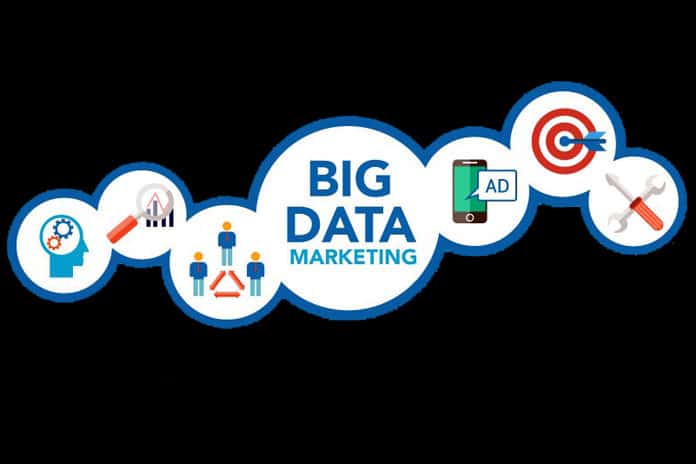The critical part of big data marketing is the information itself. But data is more than just a bunch of characters and numbers. They are not a spreadsheet, but rather potential knowledge that comes from listening to customers, understanding what interests them, what they respond to and ignore, and discovering what you can do as a seller.
What Is Big Data Marketing?
Big data marketing is the set of implicit and explicit data that comes to the company through web analytics, CRM or social networks and that constitutes in itself a great opportunity to take a closer look at the experience of its clients, from the beginning in order. This allows companies to:
- Segment leads intelligently.
- Market efficiently and effectively.
- Personalize each interaction and the entire customer journey.
- Optimize the marketing budget and maximize its impact.
It all starts with listening to the data. And that is the great marketing challenge.
What Are The Challenges Big Data Marketing Faces?
The data that is collected from customers is disparate and comes from a wide variety of marketing channels and sources. The challenge posed by this heterogeneous set of raw data is related to how to obtain clean, complete and reliable customer data and associate it with accurate profiles.
If this is already complicated in terms of big data, it is even more complicated when it comes to multiple sources, with different names, email addresses and devices, and is riddled with incomplete forms, significant data breaches, duplicates and other problems of quality.
Many times, companies end up accepting a fragmented view of the customer due to their inability to overcome this challenge. It is the price they pay for marketing, however, in reality, they should avoid this conformity since solving the problem is within their reach.
When Challenge Equals Big Data Marketing Opportunity?
As can be seen, the data that most companies work with is exactly the same as that used by others. Big data marketing will make the difference, between leaders and laggards, based on their ability to harness the value of that information.
Thus, the competitive advantage will be consolidated in organizations that know how to carry out optimized marketing data management, something that has to do with collecting, cleaning and validating, enriching, using and governing in this way:
1. Collect: Incorporate all the data into a data lake, for example, a Hadoop cluster, hosted on virtual machines in the data centre itself or through web services. Put in place a log marketing automation system, which will help create programs, feed streams, log pages, capture response data, and load all that activity into the data lake, without wasting a bit of information.
2. Clean and validate: Combining so much data from different sources means that there will be a lot of data duplication and possible conflicts with small variations in names, among other quality problems. Master Data Management (MDM) is the best ally, as it is an automated process guided by the business matching rules themselves. Thus, if the system sees two records for the same individual, it will automatically collapse them together, as long as the confidence level is above the established threshold.
If you are not sure, you will throw the exception to a data manager who can decide. In addition to this, it is essential to clean the data. You can never assume that the data you collected is really correct and usable: People make mistakes by entering their addresses, give you incorrect phone numbers and email addresses put the state and postal code in a field … and the result can lead to disaster. Once again, you have to use the right tools to correct these kinds of errors, so common in big data marketing.
3. Enrich: With the help of partners and suppliers, the data is enriched with additional information. This process is quite simple: it is loaded, compared to existing records, the information is combined, and the sets are imported using a data integration platform. Then it is convenient to validate and clean the data once more, to ensure its quality.
4. Use Deploying data-driven big data marketing programs targeting specific segments is a key step: One way to segment is based on product interest, which helps target more precisely and increase engagement.
5. Govern: If data is only cleaned and cared for once, that strategic asset will quickly depreciate. To avoid this impairment, you must assess the state of the data, act accordingly, and define a clear set of policies supported by good communication and training, so that everyone who interacts with data knows the rules and understands why they are important.
Big data marketing is a source of opportunities for companies looking to increase their income and customer base, but if the data is not clean, complete or reliable, information management will lead the business in the wrong ways.

